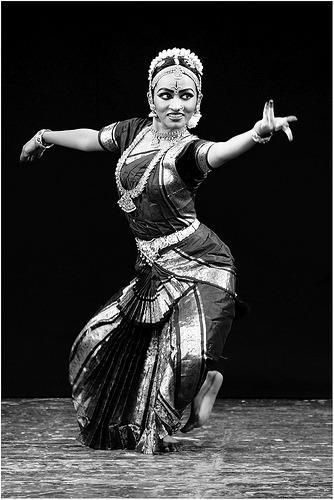Text
Bharatanatyam dance
Bharatnatyam is one among the foremost common classical Indian dances kind. It is principally common in the South Indian state of Tamil Nadu and its province; and is nearly 2,000 years old. It is believed that Lord Brahma came to Bharata, the far-famed sage who then imbibed and documented this sacred dance in a very Indo-Aryan text referred to as the Natya Shastra, so the revelation of Bharatnatyam.
The Natya Shastra is one among the few elemental documentations of Indian drama and aesthetics. Natya Shastra divides dance into two distinct forms or classes of 'nritta'. In nritta, focus is on abstract hand gestures and movements, where the dancer uses hand signals and other forms of visual communication to depict emotional expressions in nritta.
The Bharatnatyam dance flourished within the Hindu temples of South India. The temple dancers (called Devadasis or servants of god) flourished underneath royal patronage and non-secular dedication. The Devadasi system became an integral part of the South Indian temple ritual. Slowly and step by step, the Devadasi system faded owing to economic and social stigma connected to it.
The credit of revitalising and popularizing Bharatnatyam goes to Rukmini devi, who gave it a new life. Bala Saraswati is regarded, as the queen of Bharatnatyam and is appreciated for her work and efforts in popularizing Bharatnatyam.
At present, Bharatnatyam is a vastly common classical dance sort of India. Poniah Pillai of Tanjore and his brothers evolved the current form of Bharatnatyam dance. Formats of Bharatnatyam carries with it Alarippu (invocation), Jathi Swaram (note combinations), Shabdam (notes and lyrics) and Varnam (a combination of pure dance and abhinaya). Lighter things like Padams and Javalis, which, are usually attributed as titillating and eventually the thillana or pure dance are also part of this dance. Bharatnatyam is taken to be the mother art of most of the opposite classical dances of India and evokes several art forms like sculpture and painting.
0 notes
